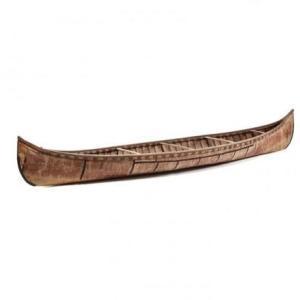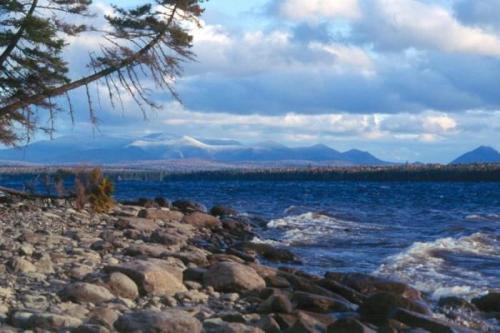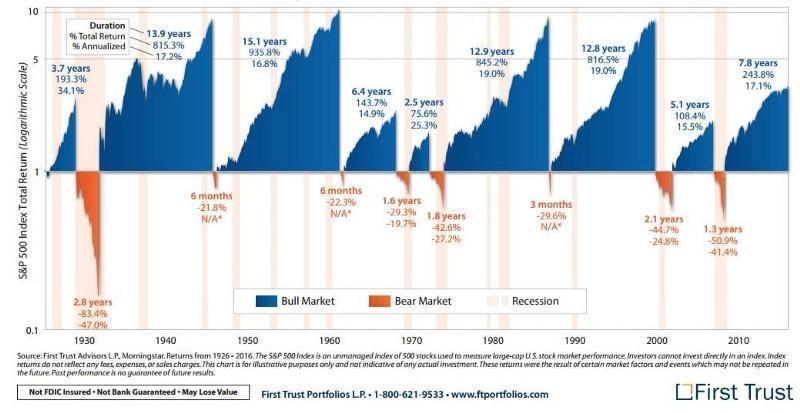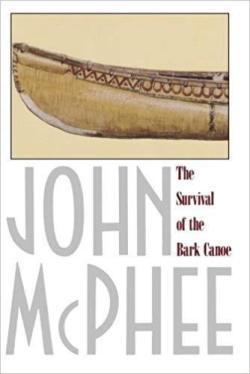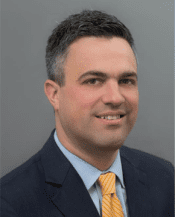By the time he was 25 years old, Henri Vaillancourt of Greenville, New Hampshire had been on four canoe trips. Four trips isn’t that many, though it’s almost certainly more than the average person. It’s enough to know what one feels like, but not so many that he’d be considered an expert.
That year, Vaillancourt ran a small note in the back of the newsletter of the Canoe Cruisers Association that attracted the attention of Pulitzer Prize winning author John McPhee. Vaillancourt was by this time ten years into a quest that had turned into an obsession, crafting and selling birch bark canoes based on archaic techniques used by Native Americans and Colonial-era fur trappers. When he came to construction of a birch bark canoe, he was perhaps the world’s foremost expert.
McPhee meanwhile was a dozen books into an eclectic career writing about subjects both broad (oranges, Alaska) and narrow (cattle branding, US Merchant Marine), often with a focus on some corner of the natural world. So it was that McPhee, an experienced canoeist, saw the note and decided to track down Henri Vaillancourt.
He visited Vaillancourt in Greenville, spent time watching him work, and convinced him that he should tag along the next time Henri had a finished canoe that needed to be tested.
When the call finally came McPhee and a friend set out with Vaillancourt and two local acquaintances on a trip north. In two Vaillancourt-made birch bark canoes they followed a path through the Allagash Lakes previously traveled by Henry David Thoreau and narrated in The Maine Woods in 1864.
Vaillancourt had studied so deeply and honed his craft so well that he had designed canoes particularly well-suited to conditions he himself had never experienced. Despite never having completed a portage (carrying a canoe between waterways), Vaillancourt had engineered them to be nearly as easy to carry overland as they were to maneuver on the water.
The first leg of the trip was an unqualified success. Things changed when they got to Chamberlain Lake.
The wind was up and Chamberlain Lake was dotted with white caps. It turned out that the particular canoe Vaillancourt brought for himself was built for speed, with a shallow depth and low freeboards. Henri struggled as the high chop easily washed over top and threatened to swamp the boat. “His canoe,” McPhee noted, “was just not designed for a lake like Chamberlain.”
Faced with adversity, frustrated, and lacking experience on a lake in these conditions, Vaillancourt had no plan to fall back on. McPhee late wrote that “it brings frustration and dissension…Henri’s advertised philosophy has long since shriveled, and now blows completely away.”
The entire group was forced at last to camp and wait for the wind to die down. Exhausted, Vaillancourt insisted they camp immediately where they came ashore, at the site of an old logging operation littered with rusted scrap metal.
Later that night Vaillancourt grew impatient and grumpy, and as he felt the wind abate he insisted they push off immediately. Ignoring standard procedure and the advice of his more experienced friends, one canoe pushed off directly over two iron spikes, puncturing the bottom and necessitating an ingenious field repair by Vaillancourt (and thus a further delay).
Later, as they continued to grind on through the wind and waves, with their destination in site, McPhee realized that Henri’s “caution — what there was of it on Eagle and Chamberlain — is gone.”
The average 65-year old American investor has been through four bear markets in their investing lifetime. Enough to know what one feels like, but not enough to be an expert.
In 2019, portfolios can be constructed more artfully and efficiently than ever before, thanks to lower (or no) expenses, lower (or no) trading costs, and near universal access to markets.
But, as Josh Brown has written, a portfolio is not a plan.
Inspired by Nick Murray’s classic book Simple Wealth, Inevitable Wealth, Josh writes:
When people obsess about…a particular investing strategy, I sometimes have to bite my tongue. Absent the context of a plan, it is a meaningless conversation.
Because the true cost — that of an aimless, lawless course of investment, replete with emotional leniency and nondescript, nebulous objectives — is probably going to bury them anyway. Everyone’s rational, calm and self-directed until the economy blows up and takes the investment markets down with it.
John McPhee opens his book The Survival of the Birch Bark Canoe with what seems like an odd first sentence:
“When Henri Vaillancourt goes off into the Maine woods, he does not make extensive plans.”
McPhee starts not with the canoe, but with the plan, and 113 pages later, it’s clear that in one way this was mostly a book about planning. In particular, the ability to stick to a plan under adverse and changing conditions.
Regardless of how elegant or efficiently engineered the instrument is, implementation is in the hands of the user. If we push forward without a plan, we fall back on instinct, react on the fly, and surrender logic to emotion, just as Henri Vaillancourt did in the high waves on Chamberlain Lake.
A portfolio that isn’t in service of a comprehensive financial plan, sooner or later will be in the service of our base emotions.
When markets tank and mental exhaustion starts to set in, a portfolio alone won’t guide you through the chop.
The modern portfolio, like the birch bark canoe, depends not just on its construction, but on its plan and implementation for survival.
Further Reading:
The Survival of the Birch Bark Canoe, by John McPhee
The Maine Woods, Henry David Thoreau
Simple Wealth, Inevitable Wealth, by Nick Murray
A Portfolio Is Not a Plan, The Reformed Broker (Josh Brown), 8/21/18
Presented by Christopher Rivers, CFP®, CRPC®

